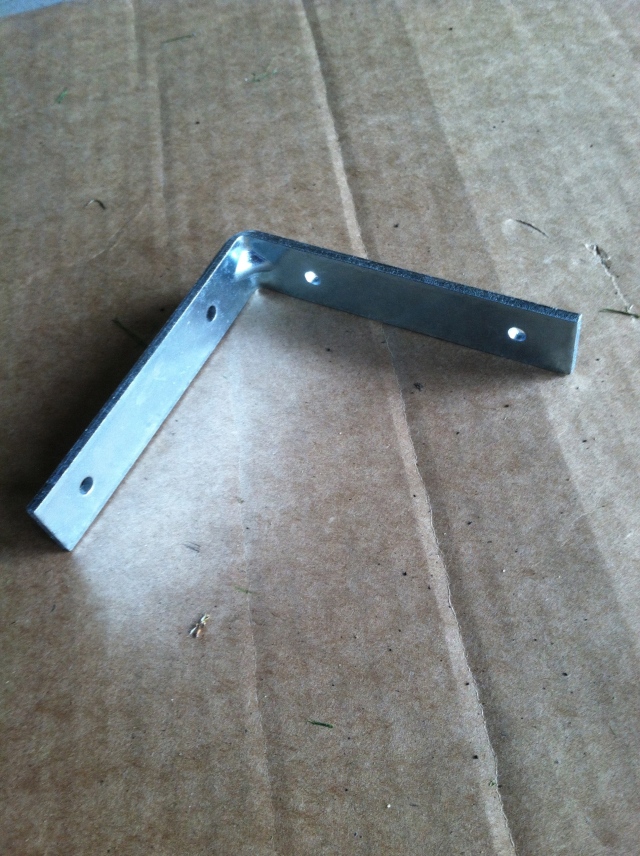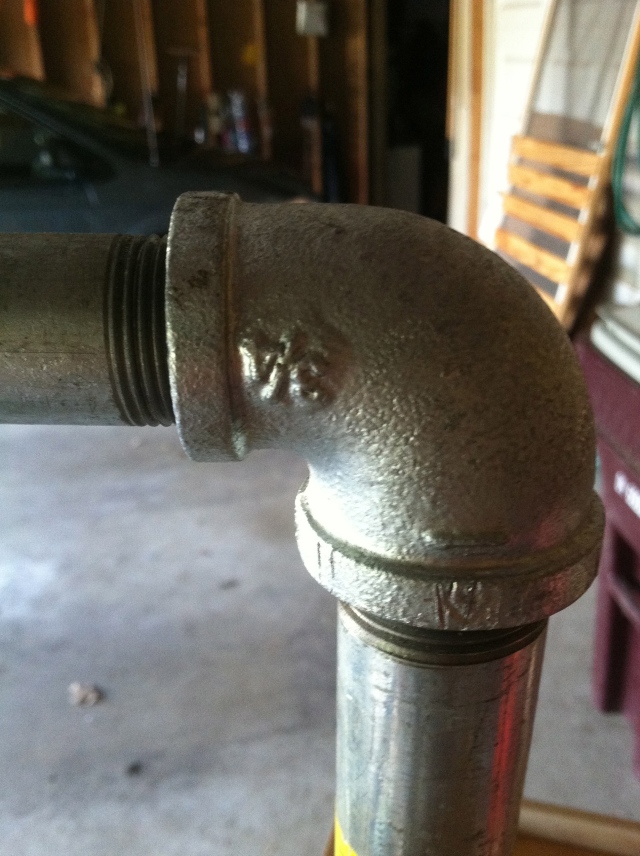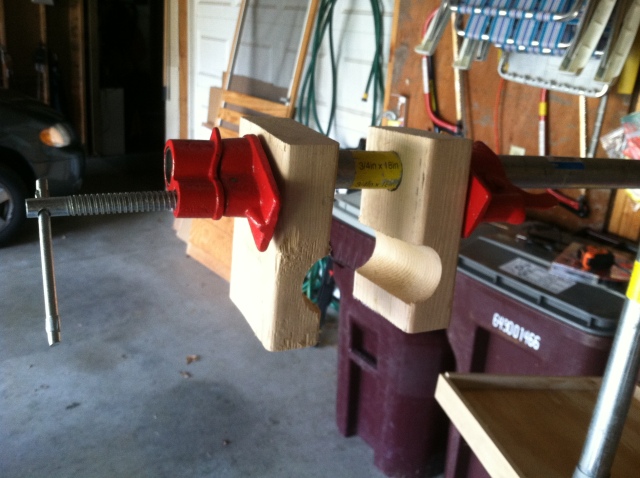On with the Build!!!
I have had a busy week but I managed to get an hour or so into the bike and this is what I have gotten done.
-Rear wheel. Barely had enough clearance in the frame. It sits real tight but that should not be a problem since it is made for 26ers
-Bottom Bracket. I was lucky enough to have the same 68mm and correct spindle length bottom bracket that it just happened to swap perfectly.
-Cranks. This also goes with the BB but they swapped over just the right length and we are go to go on there. It has a little bit less clearance than on the rockhopper but it is enough!
-Disc Brakes. Both front and rear went on like cake walk. Some minor adjustments had to be made but nothing major. So far so good for cabling transferring over on the right length.
-Rear Derailleur. The Shimano swapped over very easily thanks to a standard bolt.
-Front Derailleur. This caused a bit more of a problem. I had a top-pulling derailleur from the rockhopper and that just wasn’t going to work with the new frame. I needed a traditional derailleur so I went to the LBS to pick up a Shimano Deore for the frame.
-Front Derailleur. This caused a bit more of a problem. I had a top-pulling derailleur from the rockhopper and that just wasn’t going to work with the new frame. I needed a traditional derailleur so I went to the LBS to pick up a Shimano Deore for the frame.
-Headset. Biggest pain in the butt I could have imagined. When I bought the frame I saw that it was an integrated headset, no problem. I would have to buy a new headset but thats not a big deal. So I get onto Cane Creek and go to the headset finder. So far so good, right? I get to Fuji then model. Adventure comes up but it says 2010 model only. I found out that the “new” Fuji Adventure is a hybrid bike not my full suspension mountain bike. So I call up Cane Creek and they tell me to take some measurements. Of course I don’t have calipers so this is almost impossible to get absolutely accurate when they come within millimeters of each other. After that failed attempt it was off to the LBS to see if they can help. He figured out the headset and ordered one. Wrong! I guess it is a weird looking zerostack because the intergraded for those measurements did not fit. So I had to leave it there overnight while they get the right one in. So I will be picking it up soon!
I will post more pics of the details once I get the bike back.



















